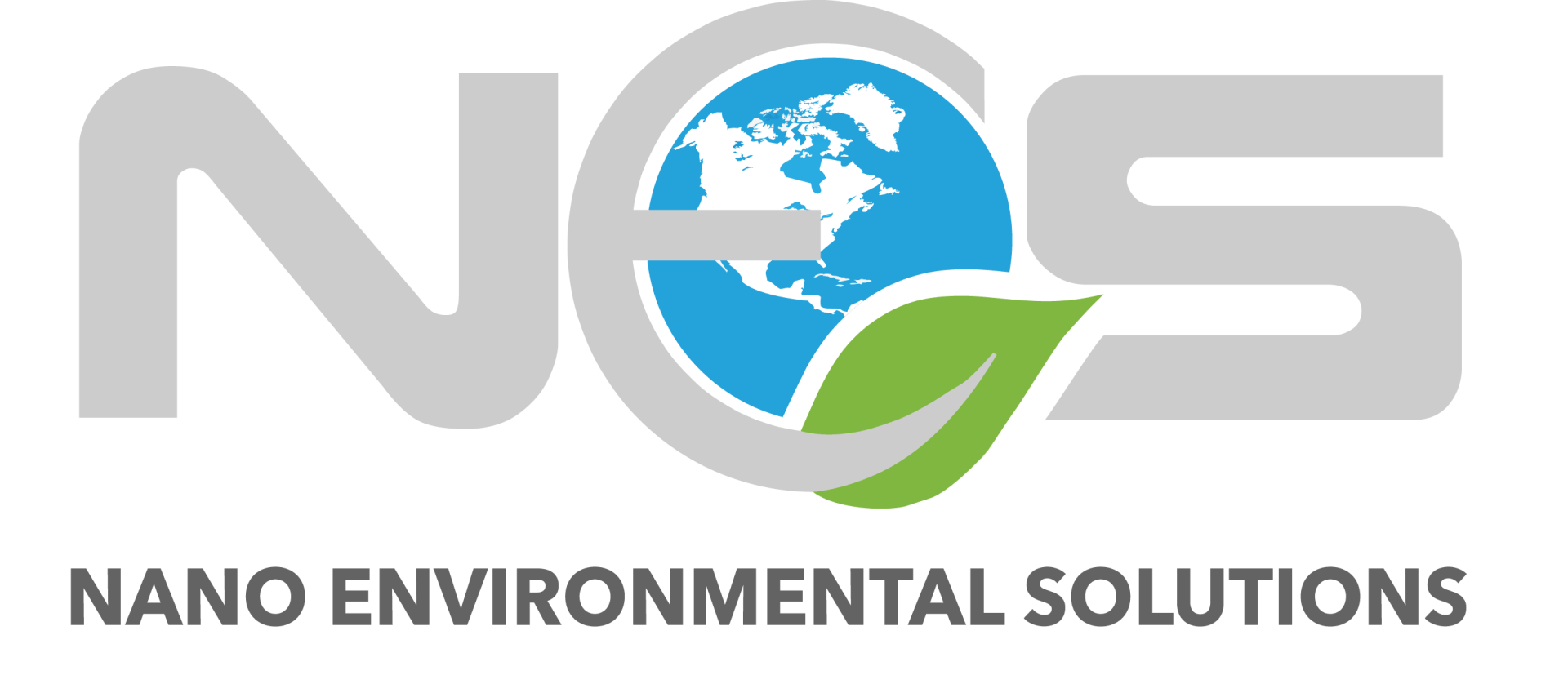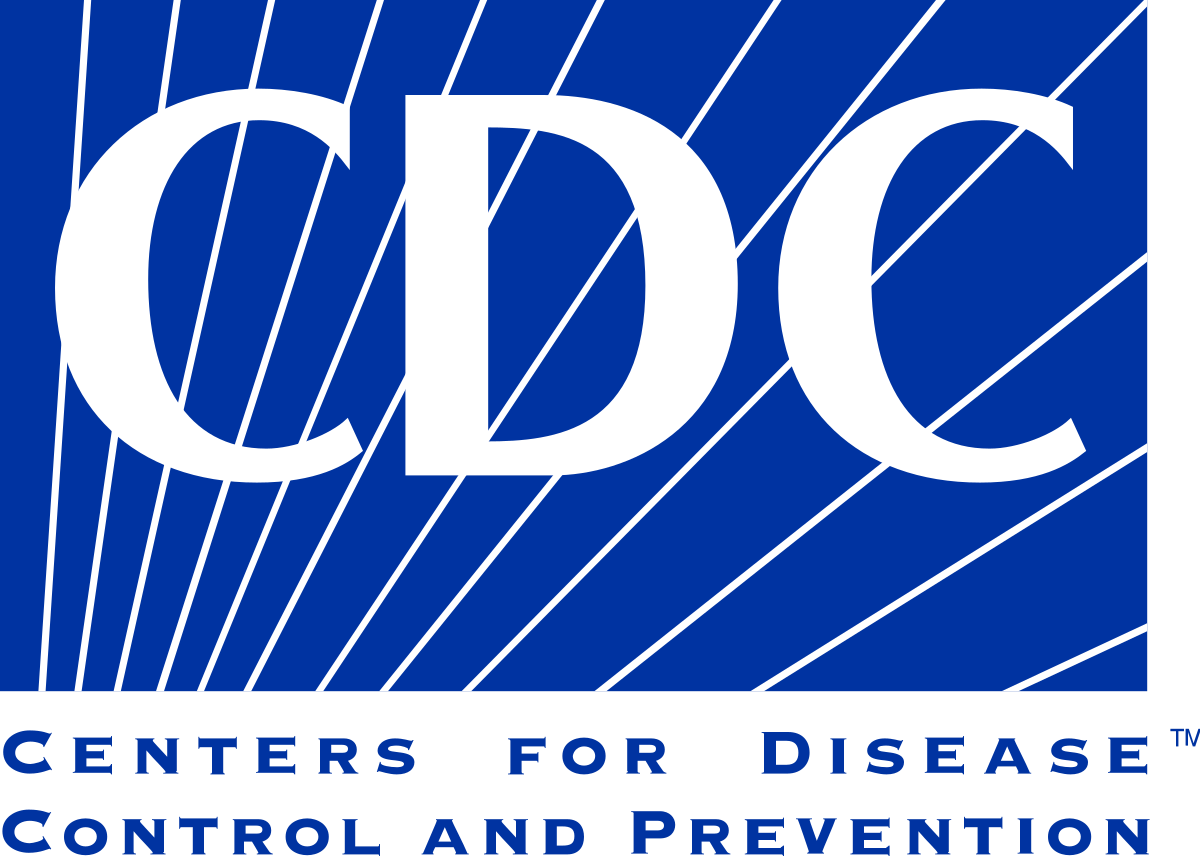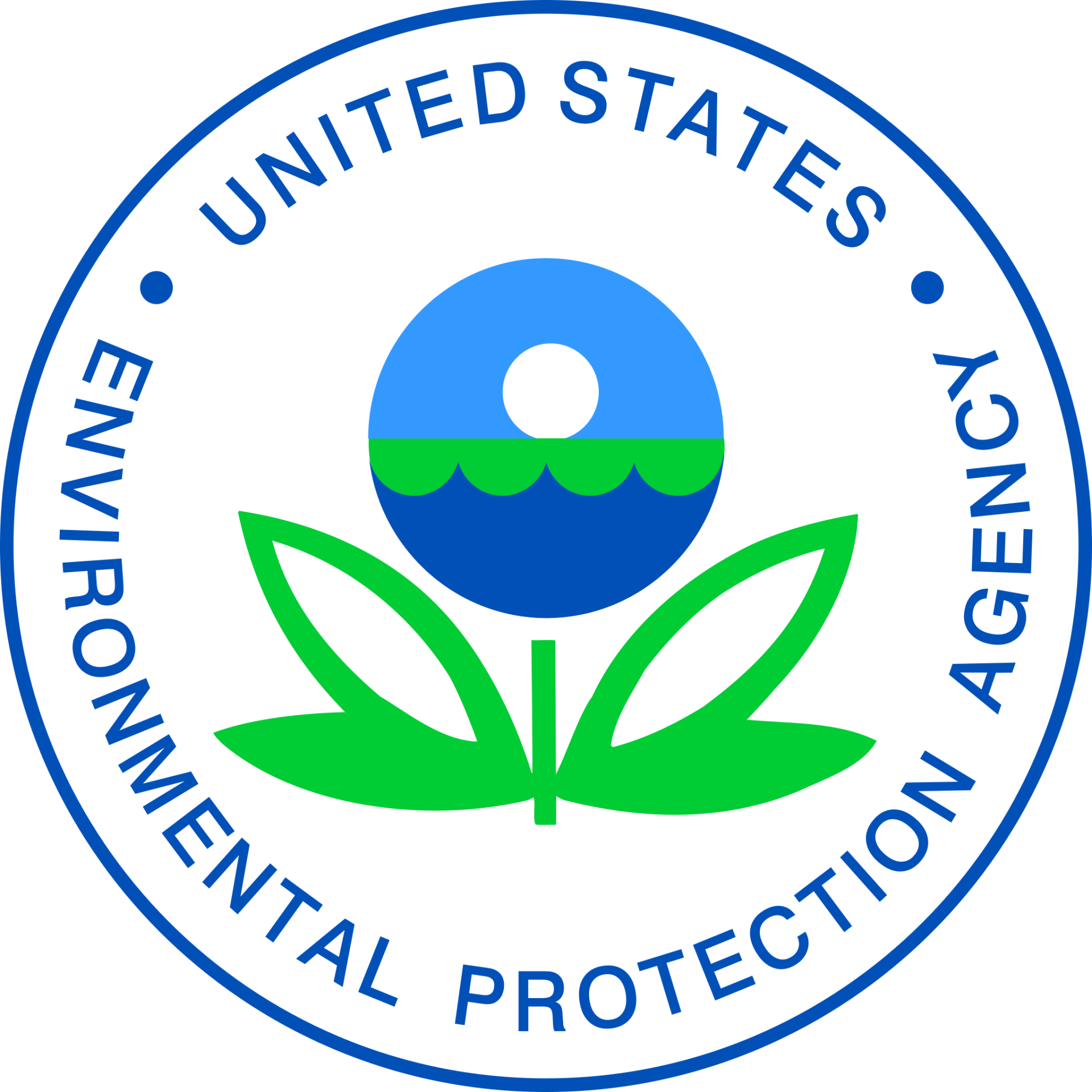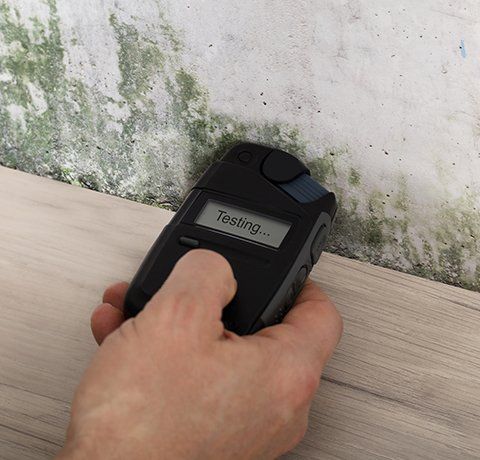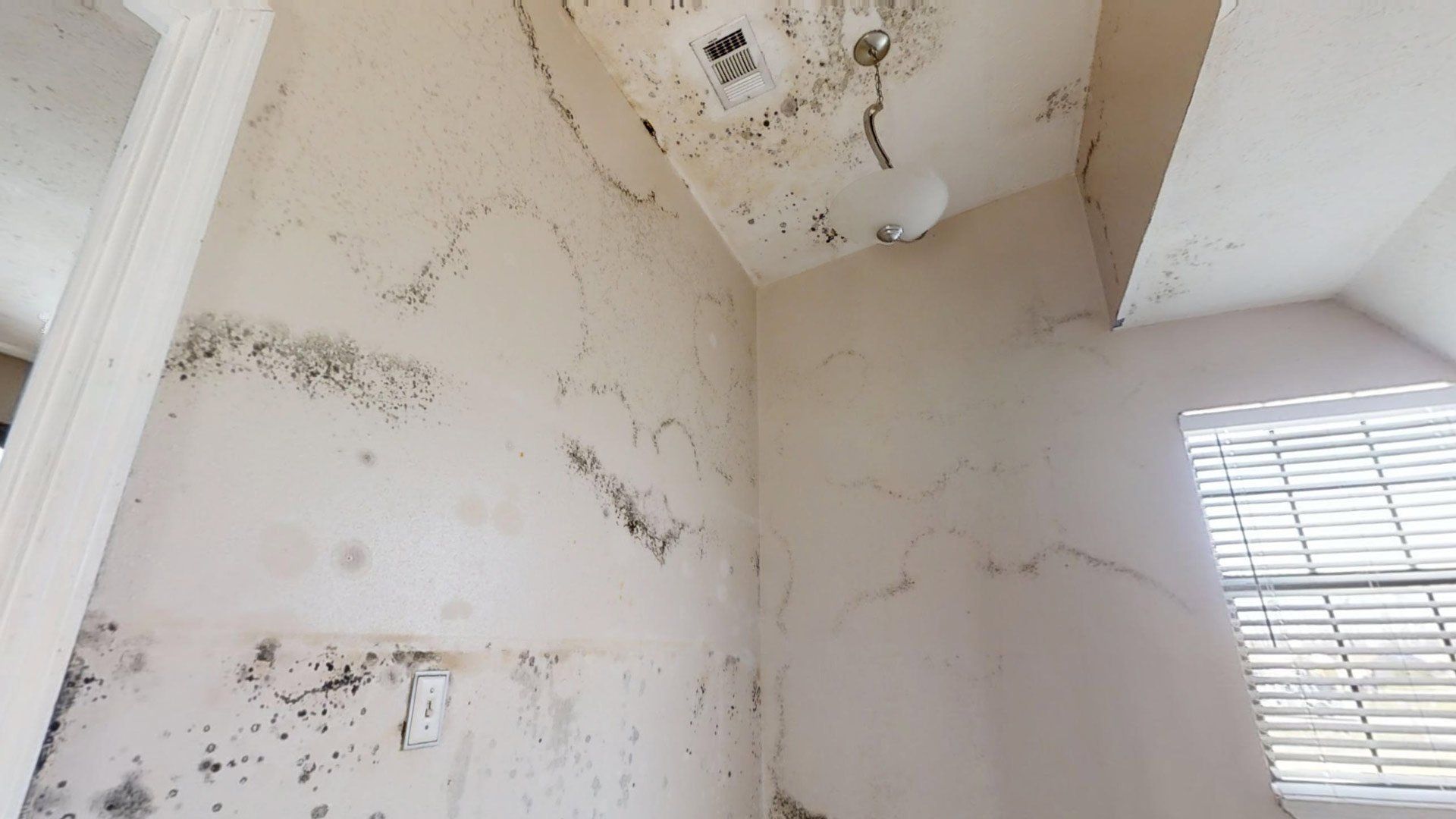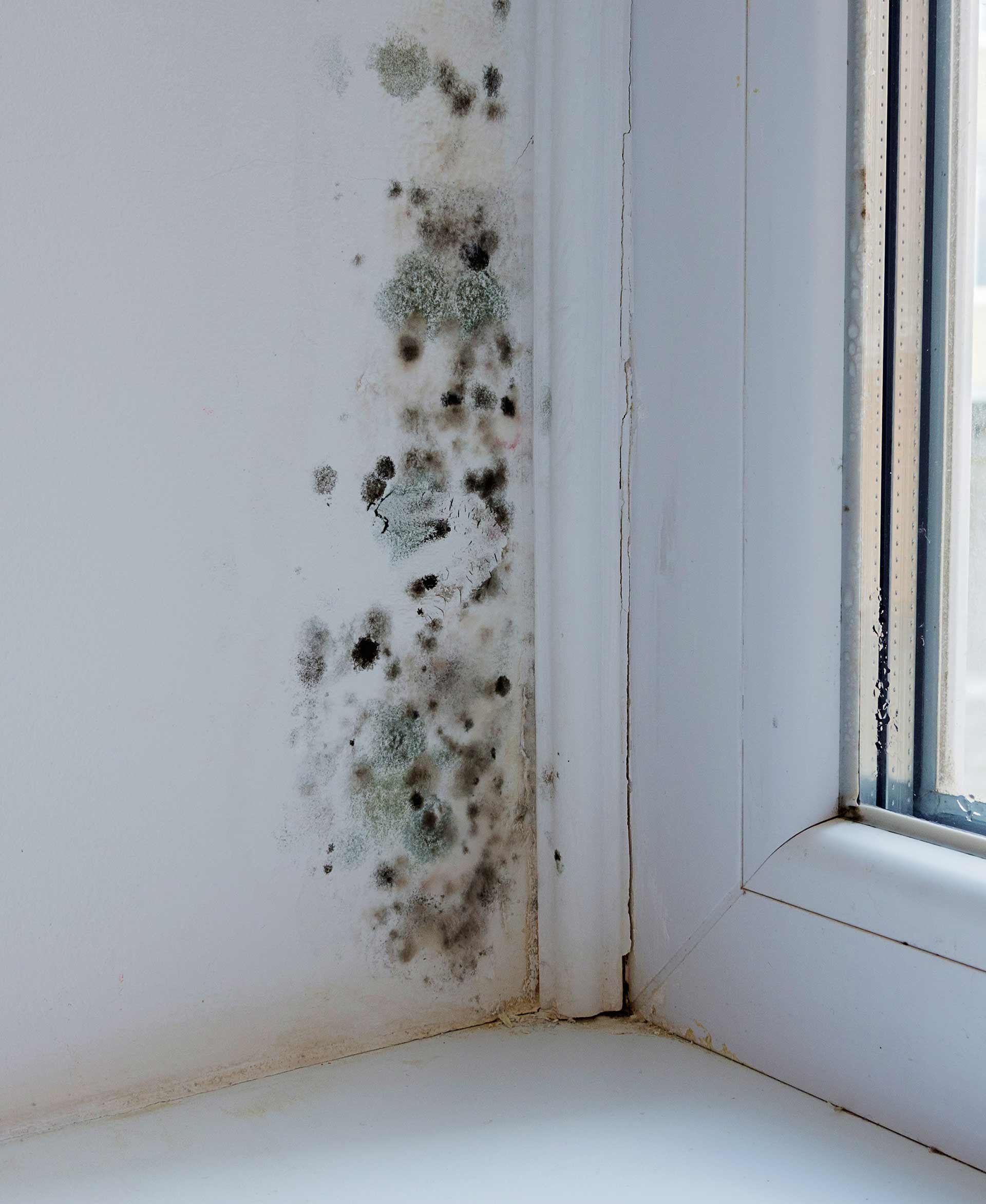MOLD
What is Stachybotrys chartarum?
Stachybotrys chartarum is a greenish-black mold. It can grow on material with a high cellulose content, such as fiberboard, gypsum board, and paper. Growth occurs when there is moisture from water damage, water leaks, condensation, water infiltration, or flooding. Constant moisture is required for its growth.
How common is mold in buildings?
Molds are very common in buildings and homes. Mold will grow in places with a lot of moisture, such as around leaks in roofs, windows, or pipes, or where there has been flooding. Mold grows well on paper products, cardboard, ceiling tiles, and wood products. Mold can also grow in dust, paints, wallpaper, insulation, drywall, carpet, fabric, and upholstery.
The most common indoor molds are Cladosporium, Penicillium, and Aspergillus. We do not have precise information about how often different molds are found in buildings and homes.
How do molds affect people?
Exposure to damp and moldy environments may cause a variety of health effects, or none at all. Some people are sensitive to molds. For these people, exposure to molds can lead to symptoms such as stuffy nose, wheezing, and red or itchy eyes, or skin. Some people, such as those with allergies to molds or with asthma, may have more intense reactions. Severe reactions may occur among workers exposed to large amounts of molds in occupational settings, such as farmers working around moldy hay. Severe reactions may include fever and shortness of breath.
In 2004 the Institute of Medicine (IOM) found there was sufficient evidence to link indoor exposure to mold with upper respiratory tract symptoms, cough, and wheeze in otherwise healthy people; with asthma symptoms in people with asthma; and with hypersensitivity pneumonitis in individuals susceptible to that immune-mediated condition.
In 2009, the World Health Organization issued additional guidance, the WHO Guidelines for Indoor Air Quality: Dampness and Mould
I found mold growing in my home; how do I test the mold?
If you can see or smell mold, a health risk may be present. You do not need to know the type of mold growing in your home, and CDC does not recommend or perform routine sampling for molds. No matter what type of mold is present, you should remove it. Since the effect of mold on people can vary greatly, either because of the amount or type of mold, you cannot rely on sampling and culturing to know your health risk.
Page last reviewed: August 11, 2020
Content source: National Center for Environmental Health
Find out much more about mold and your health by checking out these useful guides from the US EPA.
A Brief Guide to Mold, Moisture, and Your Home
Mold Frequently Asked Questions
Indoor Air Quality (IAQ) Information
Thank you to the EPA for these helpful links
Mold Remediation
EXPOSURE TO MOLD CAUSES
- Headaches
- Flu-Like Symptoms
- Respiratory Problems
- Nasal Congestion
- Throat & Eye Irritation
GET RID OF TOXIC MOLD
- Mold Grows Where There is Moisture
- It Deteriorates Property Values
- Not All Mold is Visible
- Allergic Reactions are Common
OUR SOLUTION
- Removes All Traces
- Eco-Friendly
- EPA-Registered
- Keeps Occupants Safe
Inspection & Assessment
Our trusted service technicians will come out and inspect your space, gather mold samples, and send them out to an independent laboratory for testing.
Purification & Restoration
Our team works with you to determine the best course of action to clean and restore all your belongings affected by mold. They will be sanitized and treated to remove all odors. Mold damage can be devastating and repairs and renovations to crawl spaces, attics, drywall, subfloors, and more may be necessary.
Containment & Removal
Our NanoStatic Solutions© delivery system disperses the Sporeicide as an electrically charged mist that penetrates all areas of the home, crawl space, and ductwork. The particles which are released are smaller than a human blood cell and the electric charge causes them to seek out and destroy any mold on contact.
service & Follow-up
Our solution and the electrostatic delivery system set us apart from other mold remediation companies. We are so certain that we can give you the best results possible that we offer a one year guarantee on our mold remediation service. Additionally, we work with you to determine the best product and service options for long-term indoor air quality control to maximize a healthy environment.
